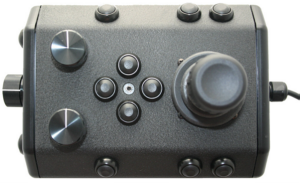Maintenance Best Practices
The best maintenance programs begin before trouble occurs, and preventative maintenance should be your first step on the road to reliable system performance. InspectionsInspections should be carried out before and after every dive as part of the pre- and post-dive procedures. Be observant for signs of loose parts, wear or impending failure - catch small problems before they become big problems. A
Trained OperatorsDo not subject equipment to accidental or inadvertent abuse by someone who is not trained in its proper use.
Trained TechniciansMaintenance should be completed by trained and certified technicians, and using factory authorized parts. VideoRay recommends that you create and maintain a system logbook. The logbook entries can include details of missions (date, location, conditions, dive time, etc.) and maintenance performed (date, procedure, parts replaced, etc.). The logbook may help identify possible causes of problems and systemic issues that should be reported to VideoRay for further investigation. ServiceFollow recommended periodic maintenance schedules, documented procedures and use the proper tools. Work in a clean environment. For any service or repair procedure beyond the scope of the simpler procedures defined in the User Maintenance Policy, contact VideoRay for assistance. |
Mission Specialist Pro 5
Operator's Manual
Operator's Manual








